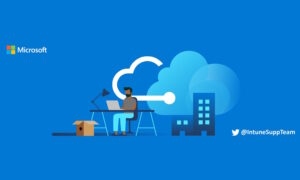
Google releases mod_pagespeed, part of its effort to make the Internet speedier
Aimed at developers and webmasters, Google introduced the open-source Apache HTTP server module 'mod_pagespeed' in beta form almost two years ago, and now it is finally available as a stable release that is ready to be deployed.
Touting features such as automatic website and asset optimization, more than 40 configurable filters, open-source nature and individual deployment, mod_pagespeed is part of the Mountain View, Calif.-based corporation's efforts to improve the Internet experience by offering performance improvements to web pages. Together with PageSpeed Service, it's part of PageSpeed Optimization Libraries project that is designed to provide best performances practices for Internet pages.

Appeals court ruling is big trouble for Apple and Judge Lucy Koh
Rarely since I started reporting tech legal cases 15 years ago is an appellate order so clear: "We hold that the district court abused its discretion in enjoining the sales of the Galaxy Nexus". More: "Reversed and remanded". Ouch.
Today, the United States Court of Appeals for the Federal Circuit rejected the preliminary injunction that US District Judge Lucy Koh imposed against Samsung Galaxy Nexus and sent the case back to her. Matters are worse for Koh and Apple, if this 18-page order foreshadows anything about the recent jury verdict against Samsung.

Acer slaps a touchscreen on Aspire M5 Ultrabooks for Windows 8 launch
Back in June, computer maker Acer launched its Aspire Timeline Ultra M5 line of Windows 7 Ultrabooks which came with a clause for $15 Windows 8 upgrade. Today, four months later and just a couple of weeks ahead of the official launch of Windows 8, Acer has debuted new Aspire M5 Ultrabooks equipped with a 10-point multitouch display to go with the new OS.
Like the M5 models unveiled last June, the new M5s come with either 14" or 15" displays, third generation Intel Core i3 or i5 processors, 500GB HDD/20GB SSD storage configuration plus optical drives, and a promised 8 hours of battery life. In case the same "M5" name didn't give it away, I'll make it clear, these are practically the same notebook spec-wise, just with the added touchscreen, Windows 8 installed out of the box, and no "Timeline" in the name.

Save big on these October software treats
September was crazy month for new software. Whether this was the rush to get new products on-sale before the Windows 8 launch or the traditional Q3 pre-Christmas release schedule, or a combination of both, you may have missed one of these important releases.
Creating PDF files used to be an incredibly expensive operation but this is no longer the case. Nitro Pro 8 is an advanced PDF creation and editing tool which is available at a 20-percent discount -- just $95.99. For a limited period of time, you can get the previous Nitro Pro 7 for only $59.99, saving 50 percent from MSRP. There are also multi-user versions of Nitro Pro 8, so you can buy for your business and save further.

Box touts bigger, better, all-new experience
Cloud storage service Box is changing with a fresh, new look and introduction of document editing and connections. Editing capabilities follow a recent trend, as Google and Microsoft add similar functionality to their online "Drive" services.
The cloud storage service has reached 14 million users and 140,000 businesses, and with the latest update promises a completely new experience with emphasis on collaborations and content.

Samsung Galaxy S III Mini could easily have been called Galaxy S2 Mini
It's no iPad Mini, but it is a mini alternative to one of the more popular smartphones on the market today, Samsung's Galaxy S III. The Galaxy S III Mini is smaller in size and specs than its older brother, and is clearly gunning for the entry-level smartphone consumer. Unfortunately, because of its modest bag of tricks, putting it next to the Galaxy S III is kind of an unrealistic comparison and this device could easily fall behind last year's Galaxy S2.
The Galaxy S III Mini has a 4" WVGA Super AMOLED touchscreen, which is more than three quarters of an inch smaller than the screen on the full-sized Galaxy S III. This reduced screen size helps shrink the overall footprint of the device by two tenths of a square inch (.6" smaller length x .3" smaller width.) It's not a tremendous reduction in size, but it defies the general trend of smartphones going bigger.
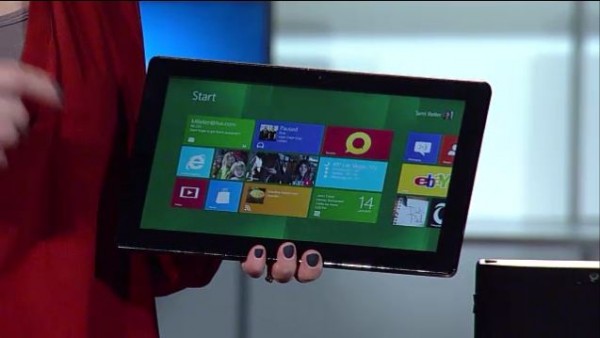
PC market collapses ahead of Windows 8 launch
If you can't figure out why CEO Steve Ballmer talks about reinventing Microsoft as a "devices and services company", Jay Chou, IDC senior research analyst, has an answer. "PCs are going through a severe slump". That's being polite in mixed company, when the F-word is so much more appropriate. Third-quarter PC shipments accentuate an already dreadful trend. Analysts expected slowing shipments as the market prepares for Windows 8, but nothing quite like this. The seasonal back-to-school lift collapsed, with even Mac shipments slowing.
Global PC shipments fell 8.6 percent year over year, according to IDC, surpassing the minus 3.8 percent forecast. Gartner's estimate is a more generous 8.3 percent decline. The United States, a region recently in love with tablets, is in free fall, with shipments down 13.8 percent by Gartner's reckoning and 12.4 percent according to IDC. For the better part of a year, analysts excused declining PC shipments as market anticipation for Windows 8. But the slowdown during back-to-school buying season foreshadows weakness ahead.
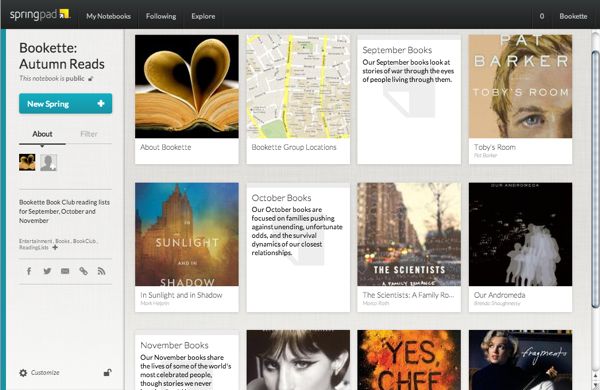
Springpad prioritizes Android, Web apps ahead of iOS with latest update
Perennial Evernote runner-up Springpad on Thursday rolled out an update to its note-taking Android and Web apps, pushing them out ahead of the company's iOS app in functionality, and taking better advantage of the latest build of Google's Android, Jelly Bean.
The update brings some added functionality to Springpad users, including actionable notifications for Android users running Jelly Bean, notebooks and items that can be manually re-ordered, and a new Board view that lets users drag and drop content in a scrapbook-type interface.
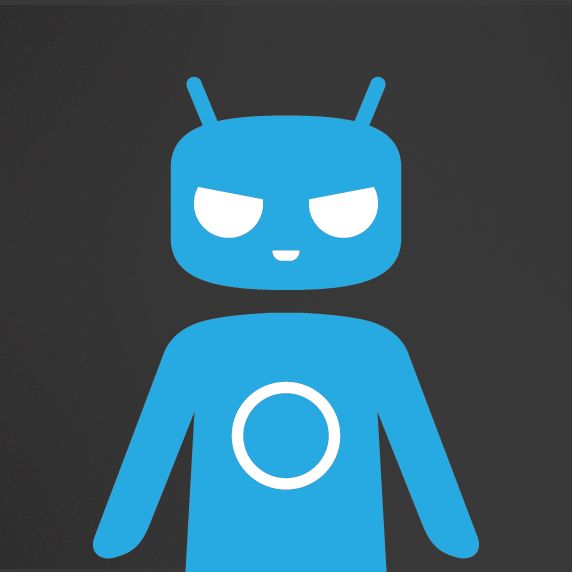
CyanogenMod 10 M2 -- second monthly release -- is available
A month ago the CyanogenMod 10 team introduced M1, the first monthly release of the popular custom Android distribution. M2 is now available, based on Android 4.1.2 Jelly Bean, supporting more devices.
Aimed at users looking for a more stable build, it can be used as a daily-driver on an extensive number of supported Android smartphones and tablets. The update, or fresh install for new users, can be performed manually, through ROM Manager or by using the built-in CM Updater app. Between the two monthly builds CyanogenMod 10 has undergone a massive list of improvements and bug fixes for each of the supported devices.

Apple logo offends Russian Christians
According to a story on the Russian Interfax news site, some Russian Christians have taken to defacing, or replacing, the logo on their Apple products because it’s "anti-Christian" and insults their faith.
While to you or I the logo just looks like a Golden Delicious that’s had a chomp taken out of one side, to some radical Orthodox Christians, including some priests, it apparently represents the original sin as described in the Bible, where Adam and Eve disobey God by noshing on some forbidden fruit in the Garden of Eden.

Japan's SoftBank talks investment, possible acquisition of Sprint
United States wireless carrier Sprint Nextel Corporation could be an acquisition target for Japan's third-largest mobile carrier Softbank Corp, the U.S. wireless carrier confirmed on Thursday. Sprint has publicly acknowledged that the two companies are "in discussions" over a SoftBank investment, but the exact nature of this investment has not been clarified.
The competitive landscape of wireless networks in the United States is a difficult one, especially with the high cost of building 4G network infrastructure versus the general scarcity of wireless spectrum licenses. The dominant spectrum holders are the two networks with the most subscribers: Verizon Wireless and AT&T. To compete, the smaller national carriers have to look for new growth opportunities.

Google Cultural Institute delivers history lessons through technology
History is often overlooked and rarely highlighted in technology, of lesser importance if you will. Google decided to put history in the foreground with the introduction of the Google Cultural Institute by using technology as a foundation.
Seventeen partners, including cultural foundations and museums, contribute to the project through their archives of letters, first-hand video testimonials and manuscripts, as well as other resources. The Google Cultural Institute offers 42 new historical exhibitions that are available for online viewing and includes stories detailing significant events of the 20th century. The Holocaust, D-Day and the Apartheid are all major turning points in human history, and highlighted in a digital form by the Mountain View, Calif.-based corporation.

Whoa, noozy studio 3 brings Zune-like UI to your Android music
Music players are not exactly thin on the ground on the Android platform, and the battleground on which users are gained and lost is the user interface; noozy studio is a music app, which features a somewhat minimalistic look and feel, and bears more than something of a resemblance to Microsoft Zune. The interface is largely text driven, which helps to give the app a clean, modern look.
This is an app that can be used to listen to both locally stored and online content, and enables users to discover new music by browsing through what others have been listening to. Listening to music stored on your Android device is much as you would expect, with album art being displayed at the same time as playback controls. If you’re a music fan, the sound quality of what you listen to is going to be important – there are a number of processor effects included with the app that can be used to improve sound in various ways.
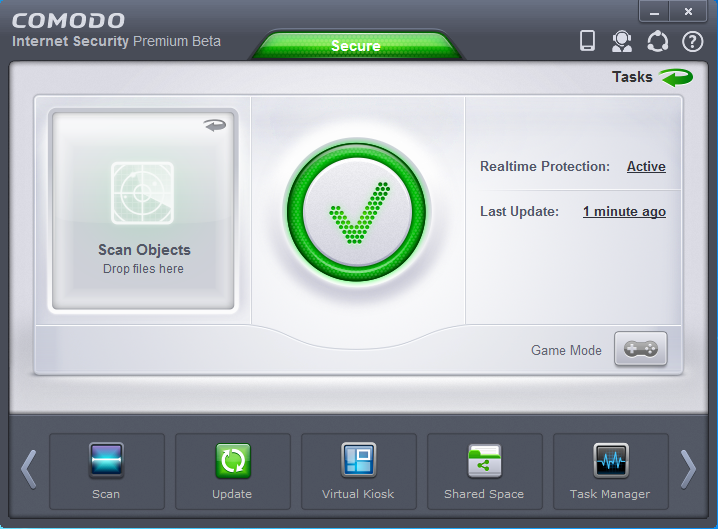
Comodo Internet Security Premium 2013 Beta is touch friendly
Comodo Group has announced the first public beta of Internet Security Premium 2013, an early look at their next generation of products. And the first change you’re sure to notice is the bright, colouful and touch-friendly interface, which has been completely redesigned to make sure that even novice users can navigate the package without feeling intimidated.
In general it works well, too, with core features like Scan or Update available directly from the main display, while more complex functionality is kept at arm’s length (mostly behind the “Tasks” button, so start there if you can’t find something). Elsewhere, greatly improved and more reliable sandboxing has delivered the Virtual Kiosk. Essentially this works as a sandboxed desktop with its own apps, ready to help you securely access all kinds of popular websites and services (Google Maps, YouTube, EverNote, Hotmail, Picasa, TweetDesk and more).

Google Street View update adds 250,000 miles of roads
Google’s panoramic, street-level maps feature -- recently added to its mobile web app -- received a massive upgrade today, in what Google calls its biggest Street View update ever. As well as allowing users to explore numerous new global sites of interest, Google has refreshed some 250,000 miles of roads.
Expanding and maintaining all its Street View imagery is a massive task, but Google makes it look easy, casually adding extra coverage to the U.S., Great Britain, Canada, Italy, Thailand, Taiwan, Singapore, Sweden, Denmark, Norway and Macau, and doubling its number of "special collections" in a single update. Some of the highlights now available to explore include:



